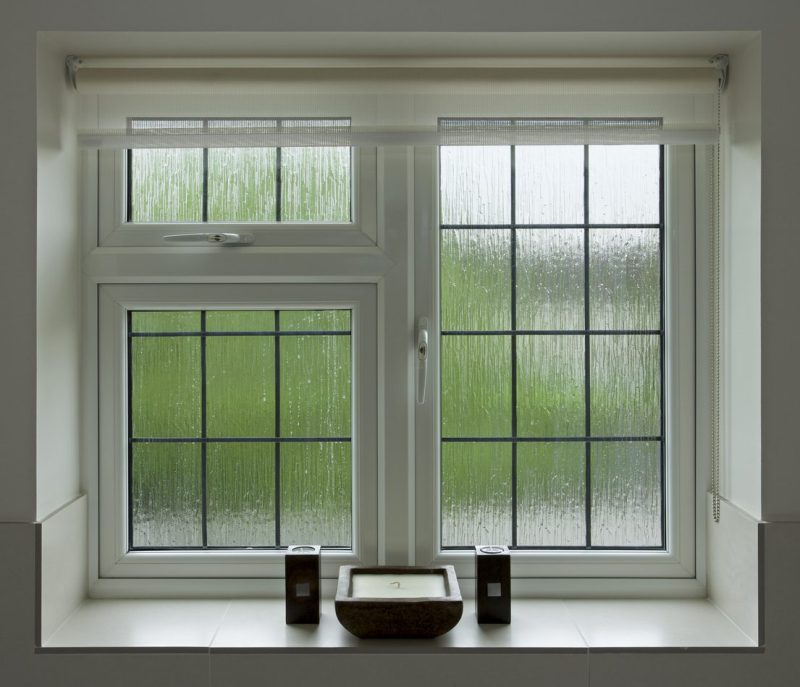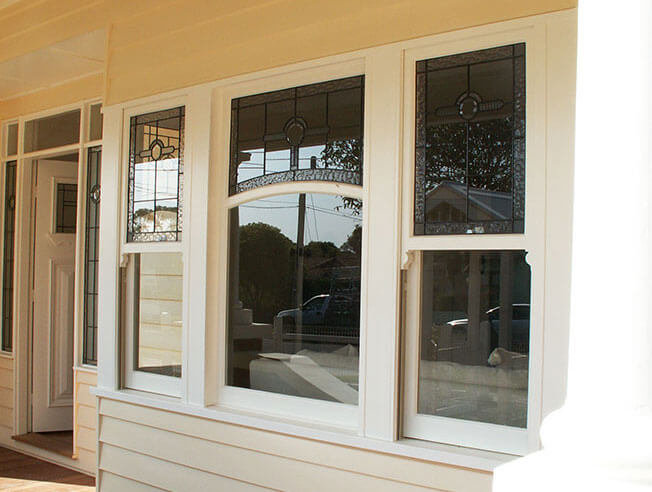All Categories
Featured
Table of Contents
Diy Double Glaze in Beaconsfield Perth
That window can send more solar heat in winter than in summer. A west-facing window on a summer's afternoon has an angle of occurrence from near 0 up to 30 with a big efficient area of solar radiation. A north-facing window, in summer season, has a high angle of incidence and a low effective area of solar radiation, so can send less heat than a west-facing one.

However you can quickly and quickly enhance the thermal efficiency of your home by changing your windows. This is among the most reliable techniques of remodelling to attain improved thermal convenience. There are thousands of types of glass and frames to select from. Picking the ideal ones is very important to improving the energy performance of your home.
Improve Your Home's Energy Efficiency With Double Glazing in South Lake Perth
There are several types of glass items to select from. Single glazing utilizes a single pane of glass. Single glazing with clear glass is not really effective when it comes to heat loss or gain. To enhance performance, you can utilize single glazing with a more energy-efficient type of glass such as low emissivity (low-e) glass.
The energy efficiency of IGUs likewise depends on: the homes of each layer of glass. Various glass types (for example, clear and low-e glass) can be put together in an IGU.
Does Double Glazing Keep Heat Out in Yangebup Perth

IGU cavities can be filled with air or a more inert, low-conductivity gas such as argon the width of the cavity. Cavity thickness is generally 6 to 18mm. Broader cavities offer lower (better) U worths, with 12mm typically accepted as the favored space how well the cavity is sealed. Cavities must be dry and well sealed to prevent moisture getting in.
If argon is installed to the cavity in location of air, moisture is dependably left out the level of desiccant (drying agent). The spacer (metal or polymer strip) that separates the glass layers consists of a desiccant to absorb any moisture. Insufficient desiccant might cause moisture to condense on the glass surface area in cold conditions, minimizing thermal efficiency.
Why Does Double Glazing Help To Keep Us Cool In Summer? in Ridgewood WA
In fact, IGUs can provide much better energy efficiency for all climates, especially in heated and air-conditioned houses. Cross-section information of single, double and triple-glazing units Low emissivity glass (frequently referred to as low-e glass) lowers heat transfer. Low-e glass may be either high or low transmission: High transmission low-e glass has a covering that allows daytime from the sun to enter your house to attain excellent solar heat gain, however lowers the quantity of the long wavelength infrared heat that can leave back through the window.
Low-e glass has either a pyrolytic finish or a vacuum-deposited thin film metal covering. Pyrolytic coverings are durable and can be used for any glazing; vacuum-deposited finishes are soft and are only used within IGUs. Low-e coatings can substantially improve both U worth and SHGC; nevertheless, they need to be utilized properly or they will either weaken or stop working to perform as required.
Is Double Glazing Worth It? in Martin Western Australia
Low-e finishings can be utilized in combination with clear, toned or reflective glass. Low-e coverings on glazing can lower heat transfer where required Photo: Department of Industry, Science, Energy and Resources Toned glass has actually colouring ingredients included during manufacture. It is readily available in numerous colours, typically bronze, grey, blue and green.
Table of Contents
Latest Posts
Which Type Of Glass Is Best For Energy Efficiency? - A&l Windows in Medina WA
Double Glazing Versus Secondary Glazing in East Victoria Park Western Australia
A Complete Guide To Double Glazed Windows in Kewdale Perth
More
Latest Posts
Which Type Of Glass Is Best For Energy Efficiency? - A&l Windows in Medina WA
Double Glazing Versus Secondary Glazing in East Victoria Park Western Australia
A Complete Guide To Double Glazed Windows in Kewdale Perth